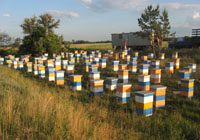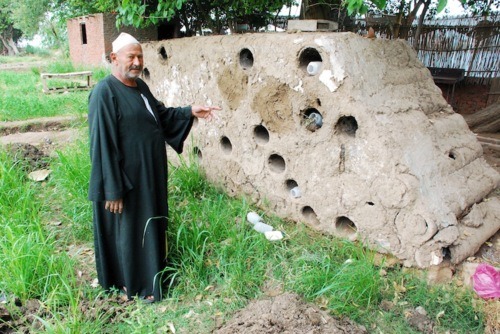.
I have thinked over the polyhives and insulated hives; does any research in internet help in wintering hives?
We have in every country our way to over winter hives, and beekeepers are ready to bleed for they best habits. However there are lots of do the job, as they do.
USA and Canada
Beekeepers have not climate based bee strains , so called "local breed". Package bees with Florida queens are "exported" up to Alaska. And Alaska has same hive construction as in Tropic.
-
ALASKA: https://www.uaf.edu/files/ces/publications-db/catalog/anr/ABM-00230.pdf
University of Fairbanks: Killing bees and buying new packkage bees in spring is the most economic way to over wintrer bees in Alaska.-
- kill the queen in time when you have store ready combs over winter.
- when you extract the last yield, kill the bees with *.* chemicals
CANADA
80% out of beekeepers are professionals. Average yields are near 100 kg/hive.
Best hives may get 300 kg/hive.
Canada does not use insulated hives. Polyhive is rare.
Mostly they use insulating wrapping or hubs.
Hives are in 4 hive group on storing floor. Then they can be lifted from wintering area to spring yield area-
Winter temps are often -40C
USA
US beekeepers does not even understand what is the term Insulation.
California beekeepers give advices to Michican, how to keep bees. When Michican has -25C, California has +25C.
I was on Beemaster forum 7 years, and I can tell that US beekeepers are really lost in over wintering bees. Even 3 boxes winter food = 60 kg recommended to Michigan, when at same situation Finland uses 20 kg.
USA is the last Place to get knowledge about wintering.























































